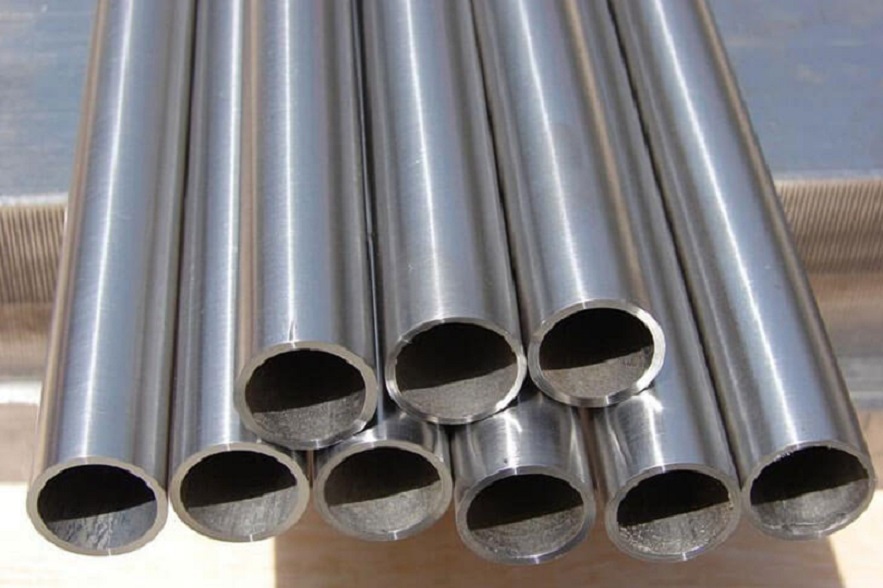
The superiority of chemical resistance is high in Titanium tubes which are frequently used when compared to stainless steel grades. It is possible to purchase titanium tubes in several grades. Titanium tubes are biodegradable and widely used in the medical field.
As magnetic resonance imaging (MRI) becomes more common in the world, titanium’s nonmagnetic properties make it both biodegradable and an important medical diagnostic tool.
Titanium Tubes are more fragile and less tolerant and it makes them difficult to process. It is likely that you will have chipping and other surface roughness issues if you have to deal with titanium extensively.
These tubes are very good at machining and also help to necessitate the use of more coolant than other materials. The region undergoing machining must be flooded with coolant with nozzles and angles that precisely feed the coolant to the area.
Titanium is a high strength, and low weight with good corrosion resistivity and has a high strength-to-weight ratio, making it an excellent choice for a wide range of tube applications.
- Cutting Process, for example, manufactures a wide range of titanium components, including:
- Tubes with small radiused diameters for use in vehicle industries.
- Thin, circular titanium tubes are used during radiotherapy for seed casings.
- A thin wall makes titanium tubing ideal for use in chemically active containers found in life science applications.
Commercially available titanium alloys in grade 5 are very strong and durable. As an aerospace, marine, chemical, and medical tube material, grade 5 titanium can be welded and manufactured.
Depending on the type of titanium you require, Cutting Process can cut, mill, or finish every type and quality of titanium tube you need.
Due to Titanium’s brittleness and difficulty drawing, this material makes it difficult to handle in some situations.
The drawing of titanium produces a smooth surface, but it is not as smooth as that of stainless steel. Many companies can draw titanium down to a Ra of 8-10 microinch, but stainless steel can reach an even smoother Ra of 3-4 microinch or better.


